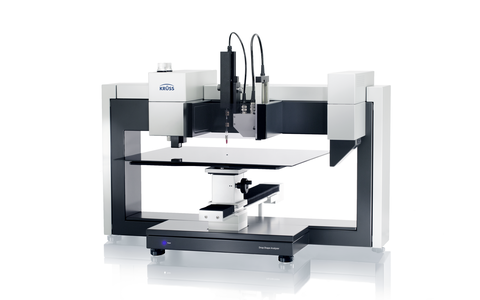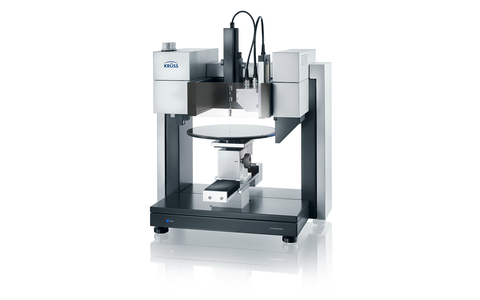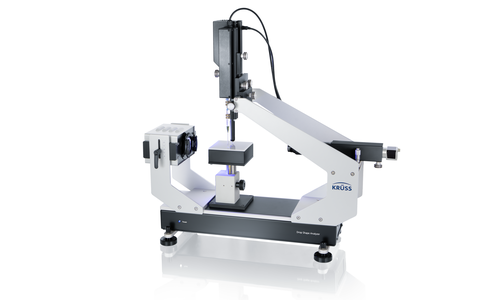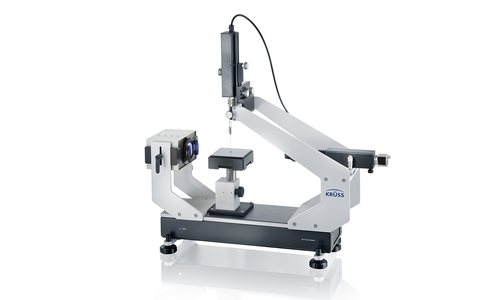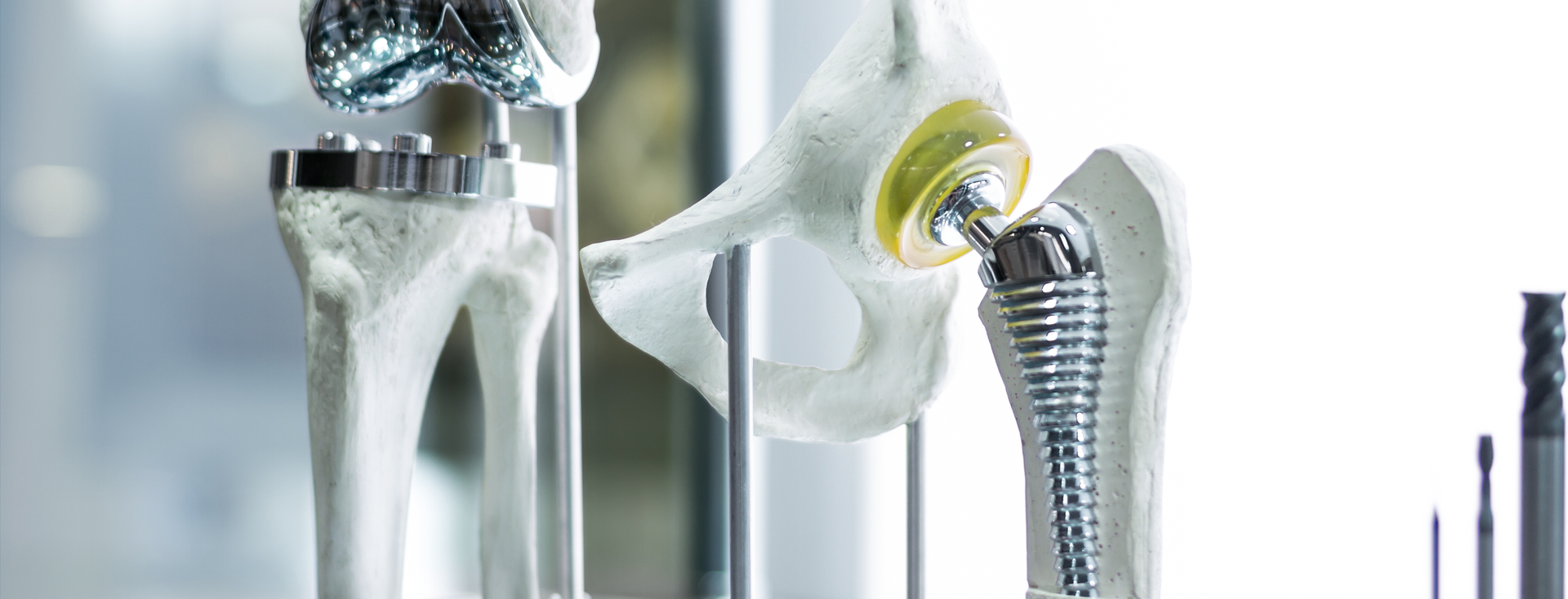
Biocompatibility of medical implants
Surface characterization for body-compatible dental and bone prostheses
As well as the internal chemical structure, the chemical properties of the surface frequently determine the degree of biocompatibility. Surface investigations help in the selection and development of suitable materials for bone and dental prostheses.
Biocompatible surfaces of dental and bone implants as a result of water-like surface free energy
Materials with high surface free energy and polarity which approach the surface tension of water frequently exhibit good biocompatibility. For example, there is a correlation between these properties and the growth of collagens. Prostheses made of hydrophobic materials, in particular plastic or titanium, are therefore frequently subjected to plasma treatment or similar processes in order to activate the surface. Our contact angle measuring instruments measure the success of pretreatment based on a determination of the polar and disperse part of the surface free energy.
Too high a biocompatibility is undesirable in the case of temporary implants, as the adhesion makes them more difficult to remove at a later date. Hydrophobic or hydrophobically coated materials are often used in this case. A water contact angle which is as high as possible determines whether the material can be used for such applications.
Wetting of dental impression compounds
Dental prostheses are modelled with the help of dental impression compounds in order to obtain the correct fit. The tooth and the surrounding tissue must be well wetted when producing the impression to ensure that there are no air pockets. The impression compound must have a hydrophilic character which is similar to the chemical environment of the mouth. This can be achieved by the choice of suitable polymers or by the addition of surfactants.
Using our measuring instruments to measure the contact angle and investigate the surface free energy helps to determine the biocompatibility of the impression material and therefore to optimise the fit of dental prostheses. Our tensiometers measure the reduction in surface tension and therefore the improvement in wetting due to surface-active additives.





